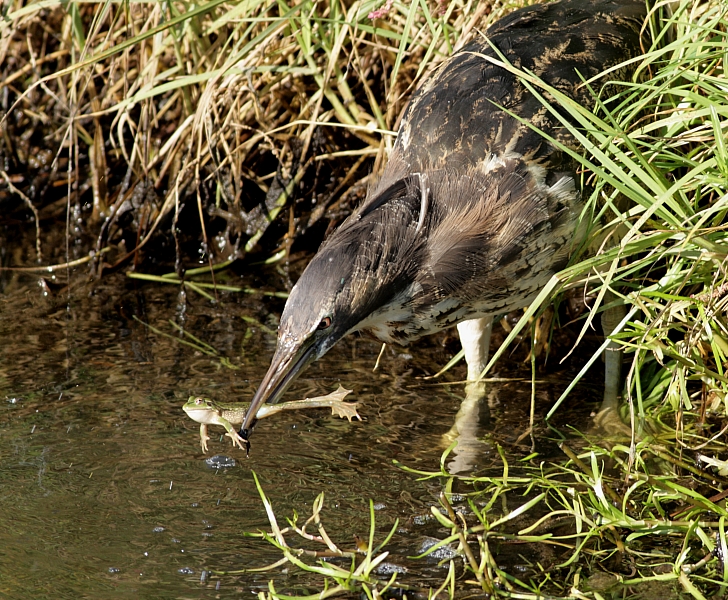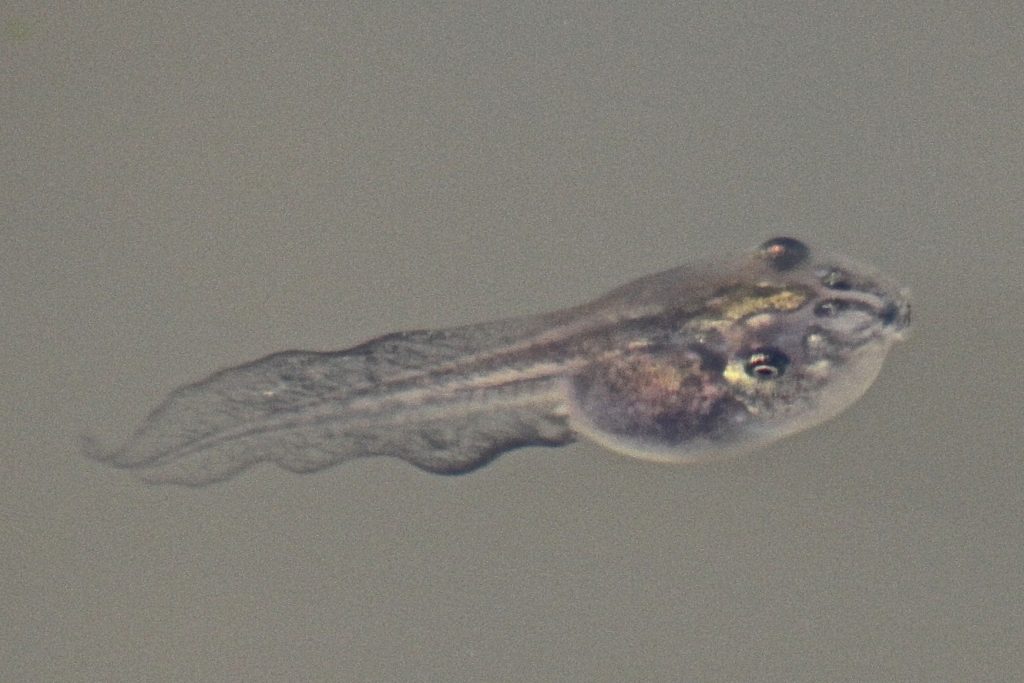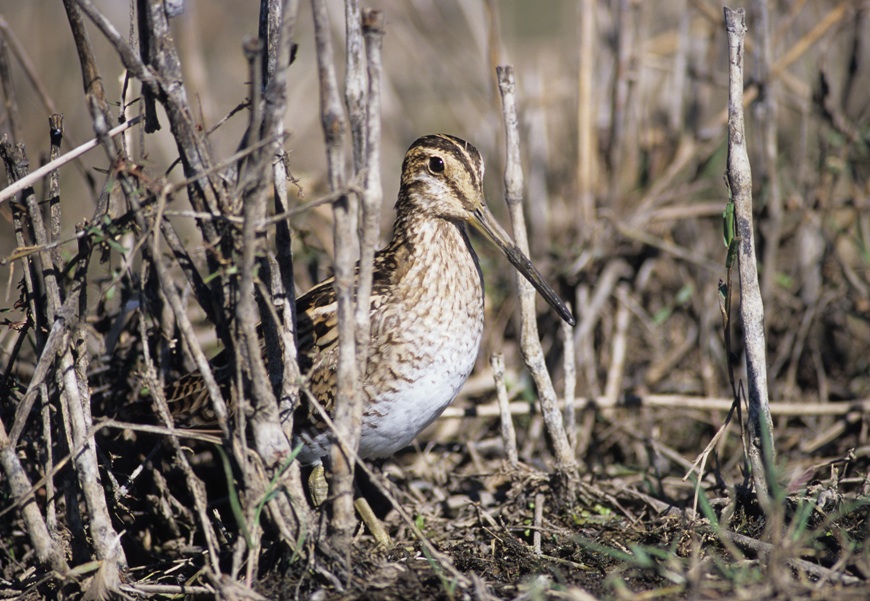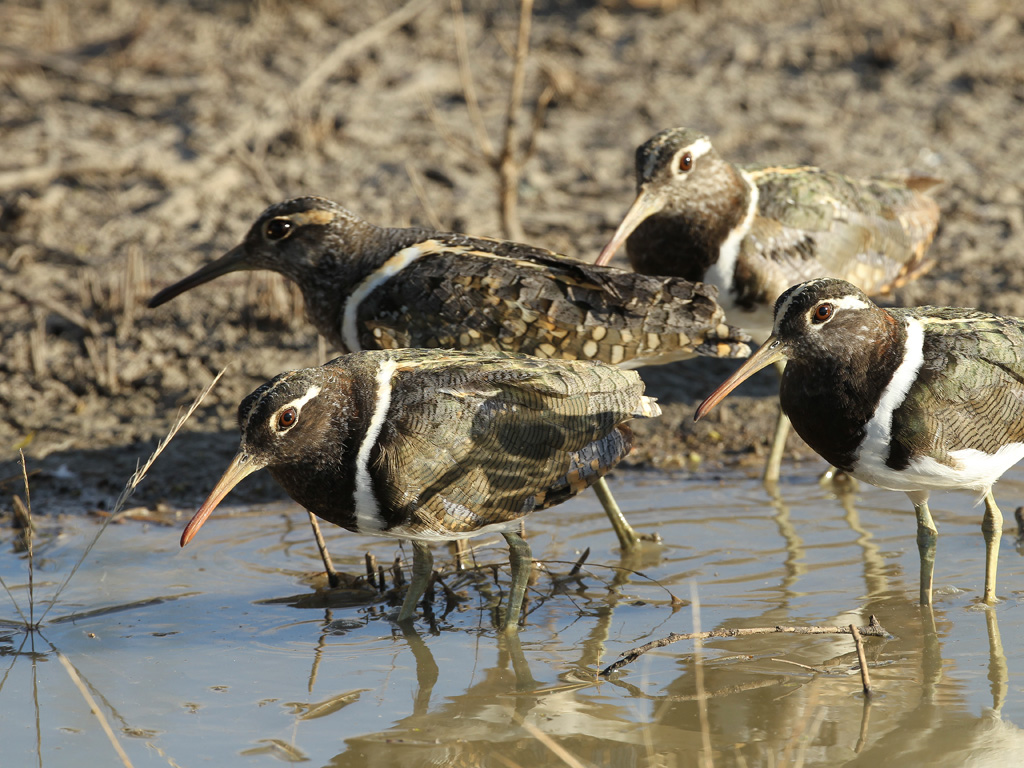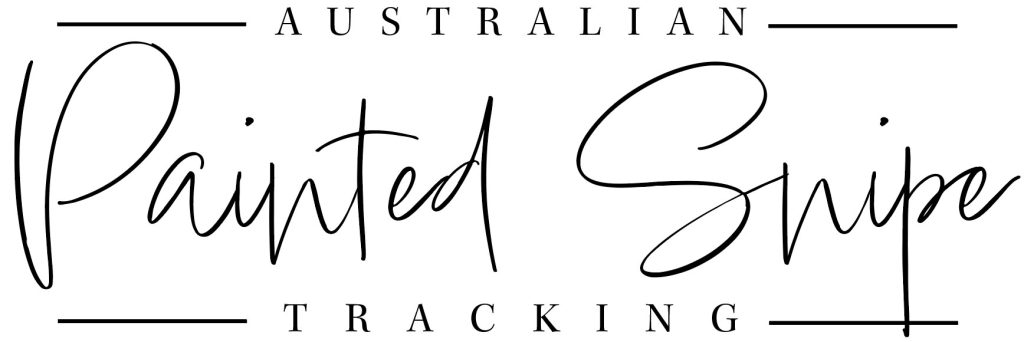Australian Painted Snipe
The Australian Painted Snipe is Australia’s only other globally endangered waterbird species. Remarkably, they can also use rice fields in their hundreds.
This is another near-mythical Australian waterbird species. They are most often found using ephemeral wetlands when they are drying out. This rarely encountered bird prefers the combination of very shallow water and mud, with the cover provided by smaller waterplants.
Below is the summary of our 2014 paper that documents the use of rice fields by the Australian Painted Snipe. Click here for the full article.
In the opposite fashion to Australasian Bitterns, females do not incubate the eggs or raise the young, but can also have multiple partners. We are interested in any sightings of Australian Painted Snipe, especially in or near rice fields. Since 2001, Birdlife Australia’s Painted Snipe Project has been working to conserve this enigmatic waterbird, which is now listed as both nationally and globally endangered.
The use of rice fields by the endangered Australian Painted Snipe (Rostratula australis): a rare opportunity to combine food production and conservation?
Matthew Herring* & Andrew Silcocks#
* Murray Wildlife, PO Box 48 Katoomba 2780, Australia.
E-mail: mherring@murraywildlife.com.au
# Birdlife Australia, National Office, Suite 2-05, 60 Leicester Street Carlton VIC 3053, Australia. E-mail: andrew.silcocks@birdlife.org.au
Stilt 66 (2014): 20–29
We document widespread use of rice fields by the globally endangered Australian Painted Snipe (Rostratula australis), highlighting the potential for ‘wildlife-friendly’ food production in Australia. A total of 44 Australian Painted Snipe from five of 93 surveyed rice field study sites, and an additional 43 Australian Painted Snipe from three other rice fields, were recorded during the 2012-2013 rice-growing season in the Riverina region of New South Wales. The overall total of 87 birds at these eight widely distributed sites was likely to be indicative of at least several hundred Australian Painted Snipe using the 113 500 ha of rice fields during that period, particularly given the limited survey effort. This is remarkable given the most recent estimate of total population size for the species ranges only from 1 000 to 2 500 birds. The birds were primarily recorded using the shallow edges of rice fields, along banks and channels. Future research should focus on (1) determining if significant numbers of Australian Painted Snipe use rice fields regularly, (2) whether or not rice fields provide suboptimal habitat, (3) the extent to which Australian Painted Snipe breed in these habitats, and (4) optimal rice-growing practices that benefit Australian Painted Snipe without hindering conservation management of the endangered Australasian Bittern (Botaurus poiciloptilus), which also occurs in these habitats. There are clear environmental costs of extracting water from rivers for irrigation and rice fields are no substitute for natural wetlands. However, given the recognised need for food production and the large area where rice is still grown, targeted management of rice fields to benefit Australian Painted Snipe and other species may be important in complementing traditional conservation measures like protected areas and ecological restoration.
The Southern Bell Frog
The Southern Bell Frog (Litoria raniformis), also widely known as the Growling Grass Frog, is a nationally and globally threatened species too. And it seems bitterns find them very tasty. They are the only large frogs commonly found in rice crops of the Riverina, where they breed.
Interestingly, bell frogs are found in rice in the Coleambally and western Murray Valley regions (e.g. Caldwell, Wakool, Moulamein and Swan Hill), but are absent in the Murrumbidgee Irrigation Area (e.g. around Leeton and Griffith) and east of Deniliquin (e.g. Finley, Jerilderie, Mulwala).
In 2012, at Werribee near Melbourne, Peter Menkhorst watched an Australasian Bittern eat 17 of them (Menkhorst 2012) so it’s a fair assumption that they might be an important food source in the rice fields as well, at least in the Coleambally and western Murray Valley regions.
